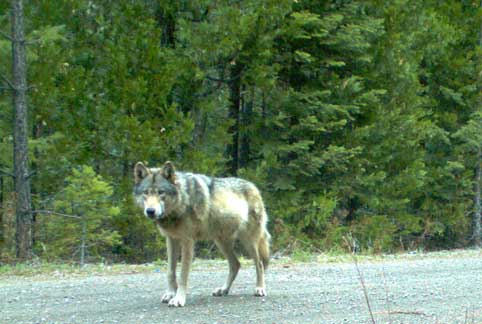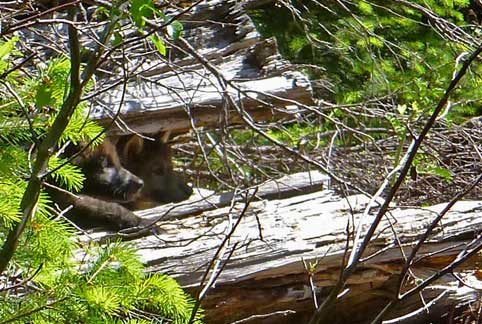It's been 90 years, but the gray wolf is finally on its way back to California.
Earlier this month, the California Fish and Game Commission voted to list the wolf on the state's Endangered Species Act, a decision that is consistent with recommendations made last year by SCB's North America Section.
North America Policy Committee Chair Carlos Carroll and committee member Brett Hartl weigh in on the decision to list the gray wolf on the state's Endangered Species Act:
In practical terms, what does this decision mean?
Wolves are now protected under California law and the California Department of Fish and Wildlife is obligated to first initiate a wolf management and recovery program using the best available science, and then work towards recovering the species within California. California has already initiated efforts to address wolves in the State, and will likely solicit public input on how and where wolves can be restored in California. More than anything, this will help ensure that the State dedicates resources to support wolf recovery, including addressing human-wolf conflicts.
 |
| OR-7 is the first wolf to be seen in California in 90 years. The state listed the wolf on its Endangered Species Act on June 4, 2014. Photo: USFWS |
What is the difference between listing a species under state law versus federal law?
The federal Endangered Species Act is one of the strongest laws ever passed anywhere on the planet to conserve biodiversity, and contains extensive prohibitions on the take of any listed species, as well as an affirmative duty to recover endangered species. Many states have used the federal ESA as a model for state-level endangered species act laws. We are fortunate that California has a very rigorous state-level ESA, which will provide very similar protections to gray wolves moving forward. One of the biggest benefits of this state-level listing will be more resources focused on wolf conservation in California, because federal resources addressing wolves must be spread across the country and are not focused currently on California.
 |
| Wolf pups thought to be sired by OR-7 in southwestern Oregon. Photo: USFWS |
What role, if any, does SCB have now that the species has been listed?
SCB's North American section may submit comments on the state of California's wolf management plan when it is released later this year. Also, SCB members have been nominated as scientific peer reviewers for the plan.
Where can I find useful resources on the gray wolf?